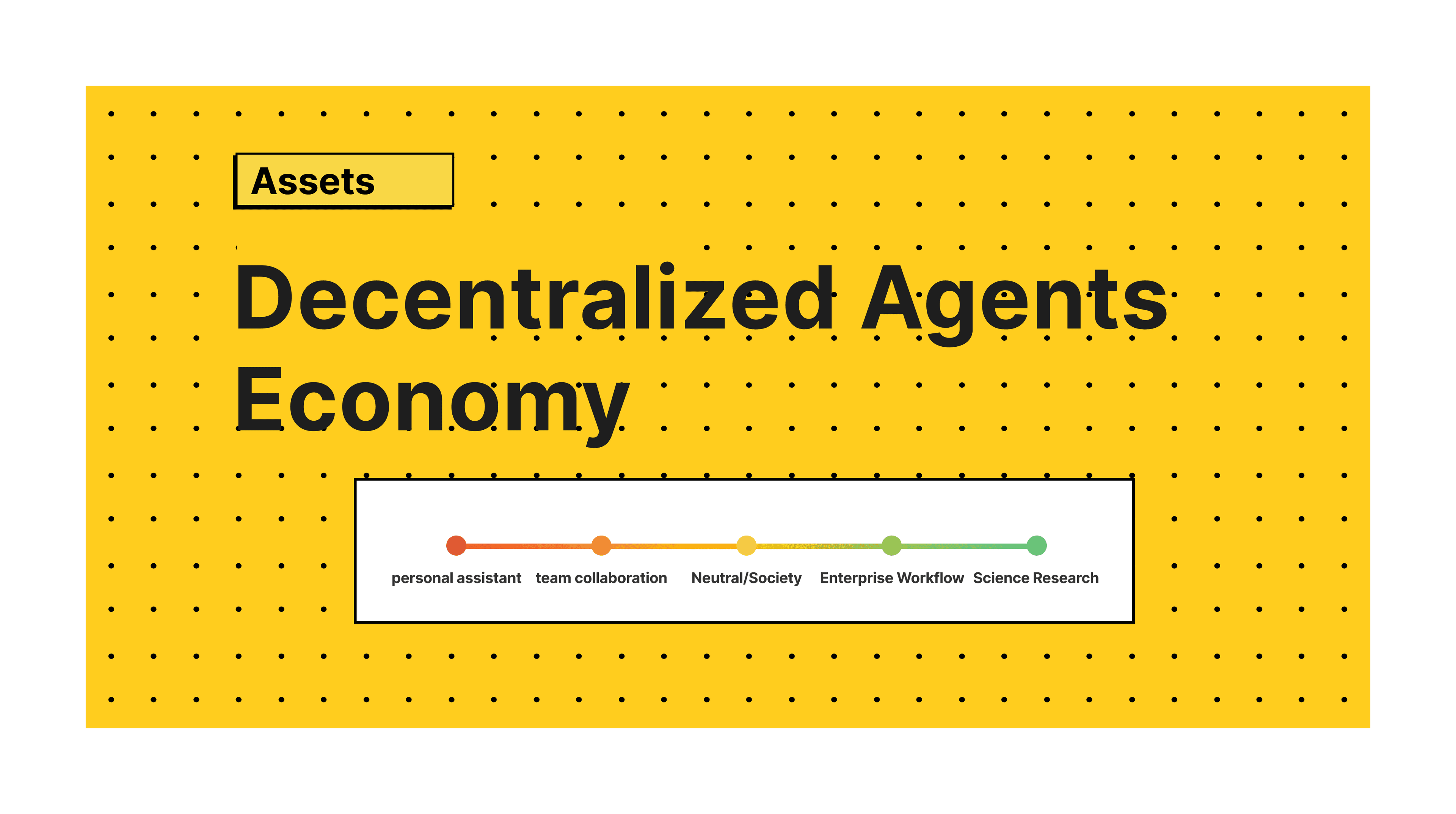Our Philosophy
Read the latest thoughts and insights from our team on
why we build what we build.
Embracing the AI+Web3 Era: The Future of Digital Assets and the Distributed Economy
With the advent of the AGI (Artificial General Intelligence) singularity in 2023, 2024 marks the official entry of humanity into a new era of deep collaboration between "carbon-based humans" and "silicon-based capabilities." In this context, the convergence of AI and Web3 technologies will reshape global business models, propelling the digital economy into a new phase of development. This article explores how to seize opportunities in this transformation and participate in the creation and value realization of digital assets as a core production factor.

1. AI + Web3: A Dual Revolution in Productivity and Production Relations:
The breakthrough advancements in AI technology, particularly the widespread application of AIGC (Generative AI), have significantly enhanced productivity. Meanwhile, Web3, through its blockchain-based decentralized transaction networks, addresses issues of trust and efficiency in traditional production relations. The integration of AI and Web3 not only drives the rapid development of the digital economy but also provides a solid foundation for the creation and trading of digital assets.
2. The Unique Attributes and Value Realization of Digital Assets:
As a new asset class, digital assets possess the following three key characteristics:
- Repeatable Tradability: The trading rights and ownership of digital assets can be completely separated, allowing assets to be repeatedly traded among multiple entities without transferring ownership. This characteristic enables digital assets to continuously accumulate value through transactions.
- Self-Growing Value: Each transaction adds new value to digital assets, with transaction data and connections becoming the core drivers of their value growth. Therefore, ownership is not the most critical right for digital assets; instead, the infrastructure for peer-to-peer transactions is the key to their value realization.
- Core Assets of the Silicon-Based Economy: In the future, digital assets will become more essential for silicon-based robots (AI-driven agents) than for humans, accelerating the development of the silicon-based economy.
3. Web3 Value Internet: The Infrastructure for Digital Asset Transactions
Traditional proxy trading models (such as SWIFT) can no longer meet the transaction needs of digital assets. Blockchain technology, through its decentralized peer-to-peer transaction networks, provides efficient, low-cost infrastructure for digital assets. The three key features of the Web3 value internet further drive the development of the distributed digital economy:
- Code-Driven Business Models: Entire industrial processes are driven by data assets, enabling automation and intelligence.
- User-Shared Value Business Models: Brand value, network value, and user value are shared with users, with data assets belonging to users, creating a win-win ecosystem.
- Human-Machine Collaborative Business Models: By connecting carbon-based humans and silicon-based agents, division of labor and data sharing are achieved, driving industrial upgrades.
4. The Transition from Traffic Economy to Digital Asset Economy
In the distributed digital economy led by Web3, traffic and user scale are no longer the core elements. Instead, incentivizing users through digital assets, deeply operating user value, and promoting community-driven dissemination and sales will lead to transaction fission. This transformation will bring new incremental development opportunities to various industries.
5. Infrastructure for Digital Asset Value Realization
The value realization of digital assets relies on the following infrastructure:
- Digital Asset Creation and Rights Confirmation: Ensuring the uniqueness and legality of digital assets.
- Digital Asset Packaging and Secondary Creation Platforms: Providing diverse application scenarios and value-added opportunities for digital assets.
- Peer-to-Peer Transaction Networks: Offering efficient, low-cost functions such as transaction witnessing, accounting, splitting, and financing to support high-frequency, small-amount digital asset transactions.
6. Conclusion: Exploration and Innovation
The AI+Web3 era has just begun, and the future of digital assets and the distributed economy is full of infinite possibilities. Although our understanding of this field continues to deepen, the exploration of knowledge and action will bring us valuable experience and opportunities. Let us embrace this transformation together and drive the prosperous development of the digital economy.
Through the above analysis, we can see that the integration of AI and Web3 not only transforms productivity and production relations but also provides new infrastructure for the creation and trading of digital assets. In the future, with continuous technological advancements and the expansion of application scenarios, digital assets will become the core driving force behind global economic development.